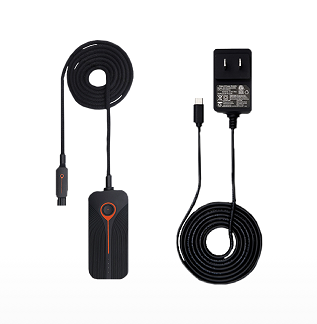Androgenetic alopecia, also known as male-pattern baldness or female-pattern baldness, is the most common form of hair loss in both men and women. It is caused by a combination of genetic and hormonal factors.
In men, androgenetic alopecia is characterized by a receding hairline and thinning hair on the top of the head. The hair loss typically follows a predictable pattern, with the hair loss starting at the temples and vertex (the top of the head). In women, androgenetic alopecia is characterized by thinning hair all over the scalp, but the hairline does not recede.
Androgenetic alopecia is a progressive condition, meaning that it gets worse over time. The rate of hair loss varies from person to person. Some people may experience only mild hair loss, while others may experience significant hair loss.
It is a common condition, affecting up to 50% of men and 30% of women.
There is no cure for androgenetic alopecia, but treatments can help slow or stop hair loss. Treatment options include:
- Minoxidil (Rogaine): This is a topical medication that can help to promote hair growth.
- Finasteride (Propecia): This is an oral medication that can help to reduce the amount of hair loss.
- Hair transplantation: This surgical procedure can be used to transplant hair follicles from one part of the scalp to another.
- Low-level light therapy: LLLT has been shown to be effective in stimulating hair growth in people with androgenetic alopecia.
What is LLLT?
Low-level laser therapy (LLLT), also known as cold laser therapy or photobiomodulation therapy, is a type of light therapy that uses low-power lasers or light-emitting diodes (LEDs) to deliver light to the body.
The light is absorbed by cells, and it is believed to stimulate the production of adenosine triphosphate (ATP), which is the body's main source of energy. ATP is essential for cell function, and it is believed that LLLT can help to improve cell function and promote healing.
LLLT has been shown to be effective in treating a variety of conditions, including:
- Pain: LLLT can help to reduce pain by reducing inflammation and stimulating the production of endorphins, which are natural pain relievers.
- Inflammation: LLLT can help to reduce inflammation by reducing the production of inflammatory chemicals.
- Wound healing: LLLT can help to promote wound healing by increasing blood flow to the area and stimulating the growth of new tissue.
- Hair growth: LLLT has been shown to be effective in stimulating hair growth in people with androgenetic alopecia, also known as male pattern baldness or female pattern baldness.
- Muscle soreness: LLLT can help to reduce muscle soreness after exercise or injury.
- Temporomandibular joint disorder (TMJ): LLLT can help to reduce pain and improve function in people with TMJ disorder.
LLLT is generally considered to be safe, and it has few side effects. It is recommended by physicians as a powerful, drug-free way to treat and prevent hair loss.






